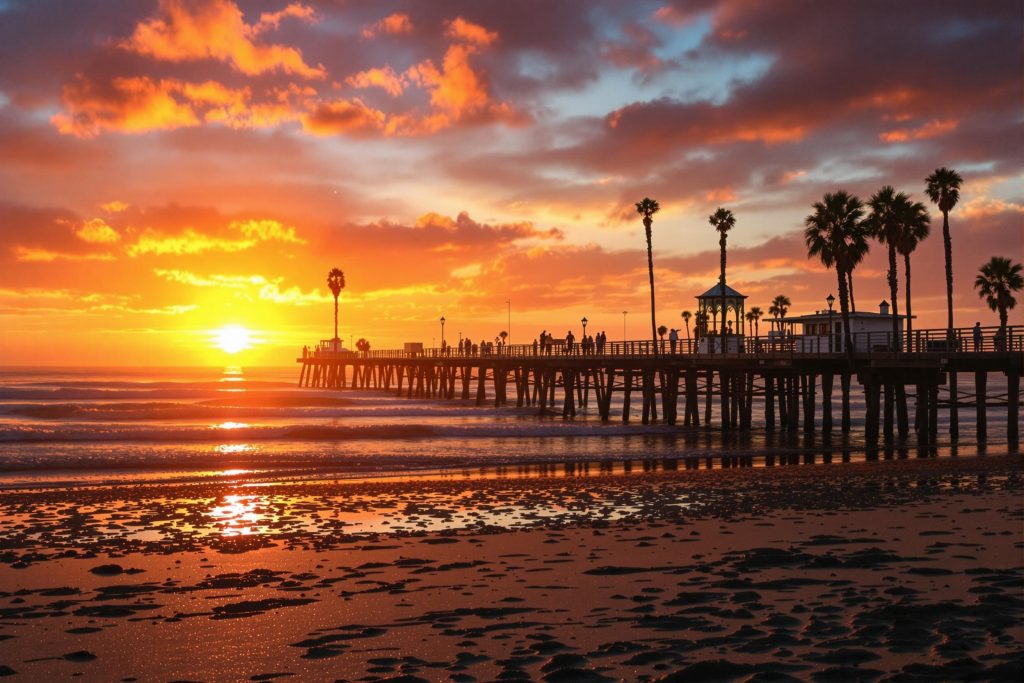
Huntington Beach, California, often called “Surf City USA,” has a rich and diverse history that spans centuries, from indigenous settlements to its modern status as a vibrant coastal city. Below is an overview of its historical development.
Before European contact, the area now known as Huntington Beach was inhabited by the Tongva (Gabrielino) people, who lived off the land and sea, fishing, hunting, and gathering in the region’s wetlands and coastal plains.
HERE Huntington Beach strives to provide the finest deals, products, and experiences in your local community. It’s all RIGHT HERE, and it’s all LOCAL.
If you notice something that you believe should be here, please let us know. And you’ll notice it soon HERE!
© Copyright 2025, HERECity.com